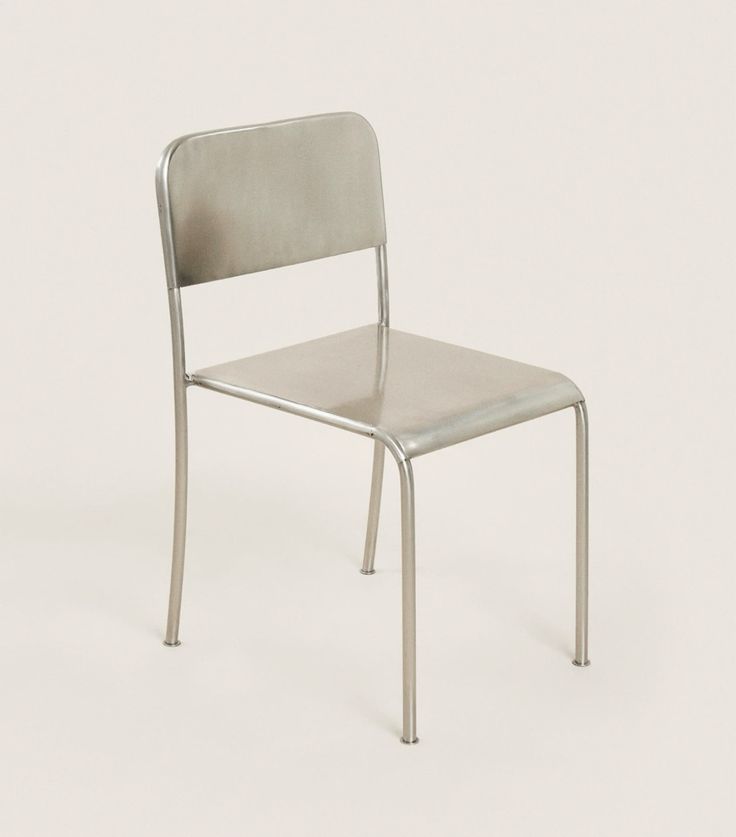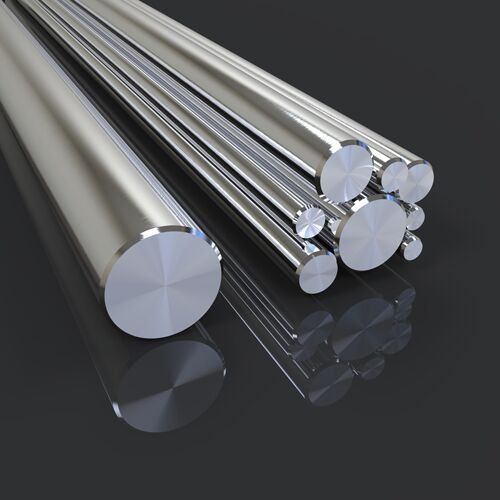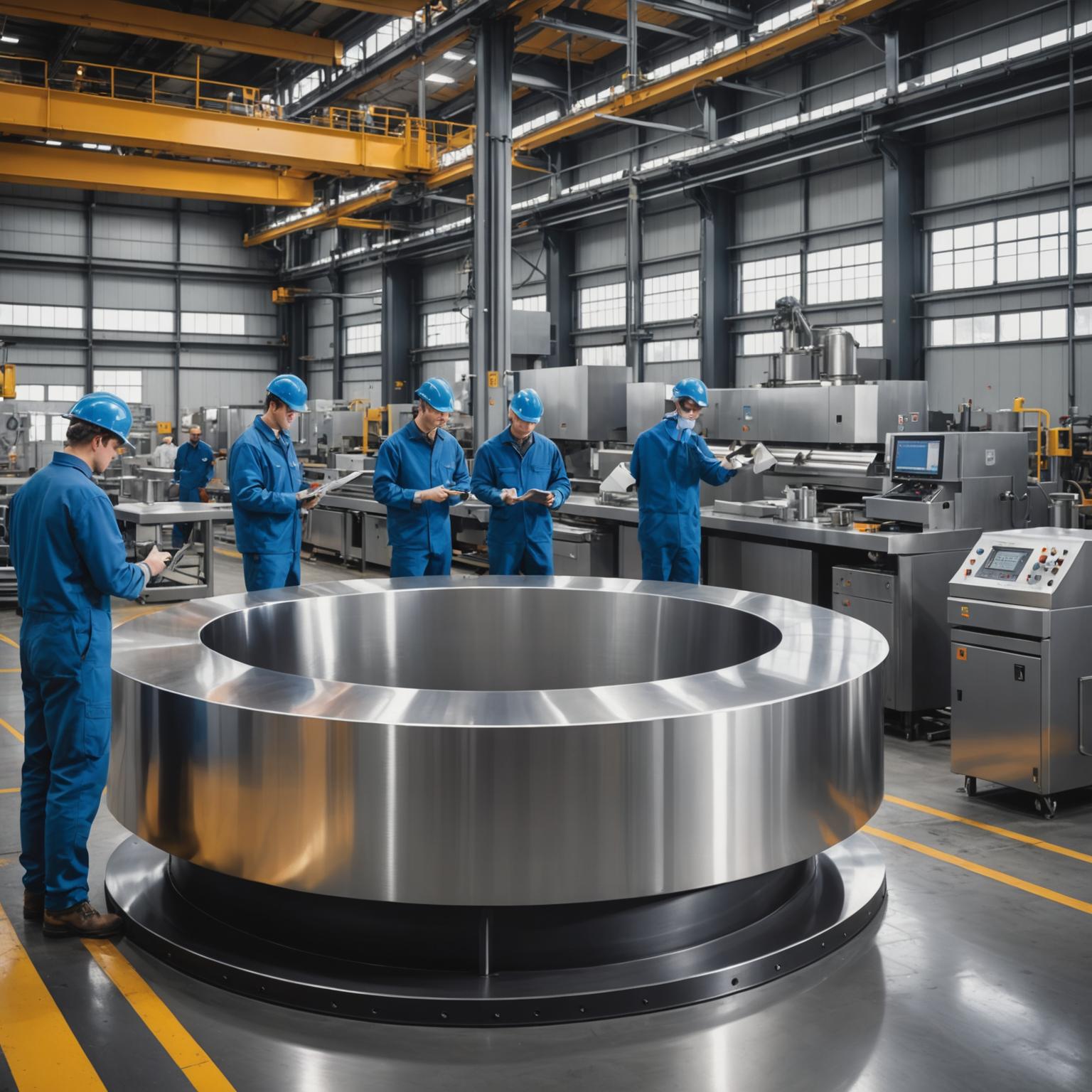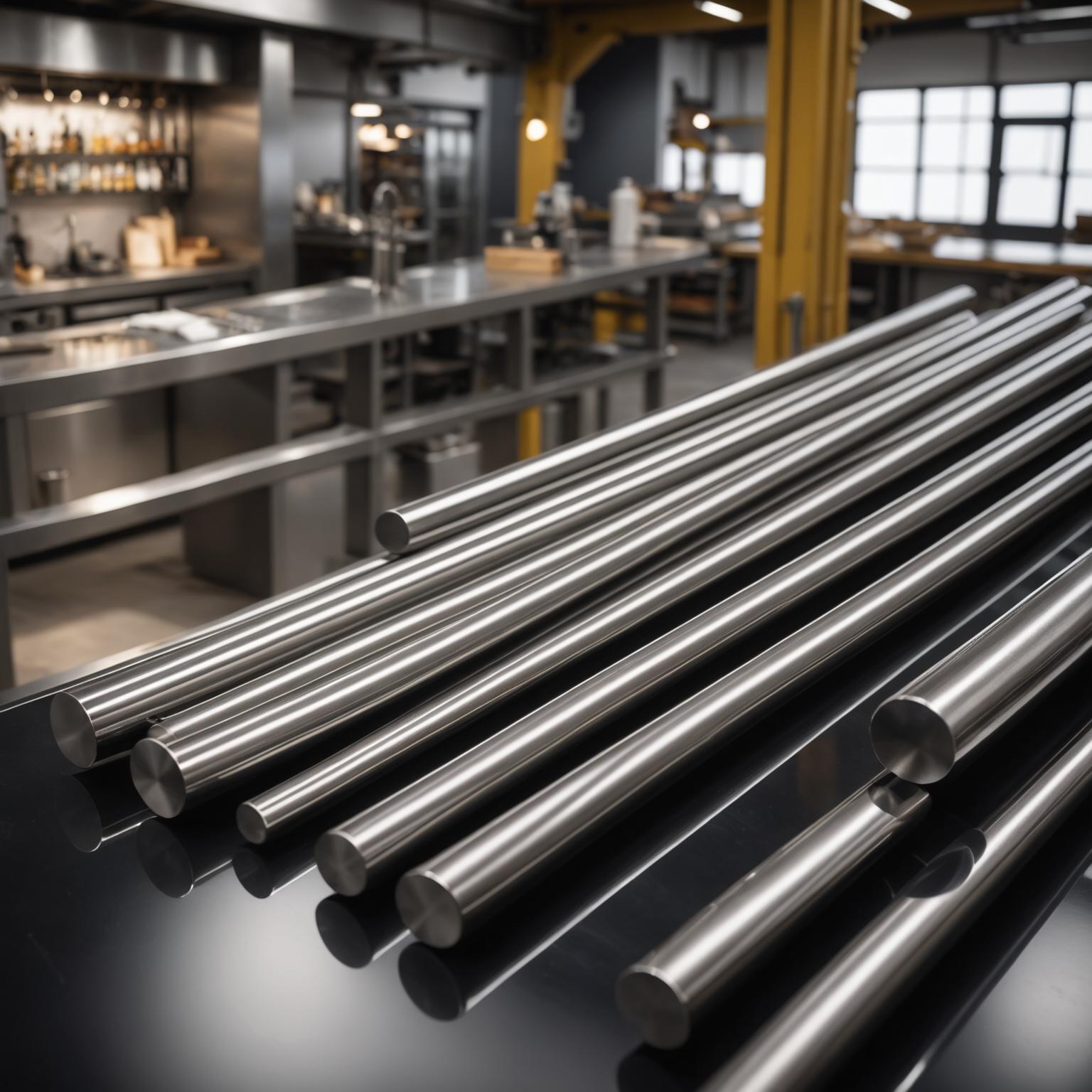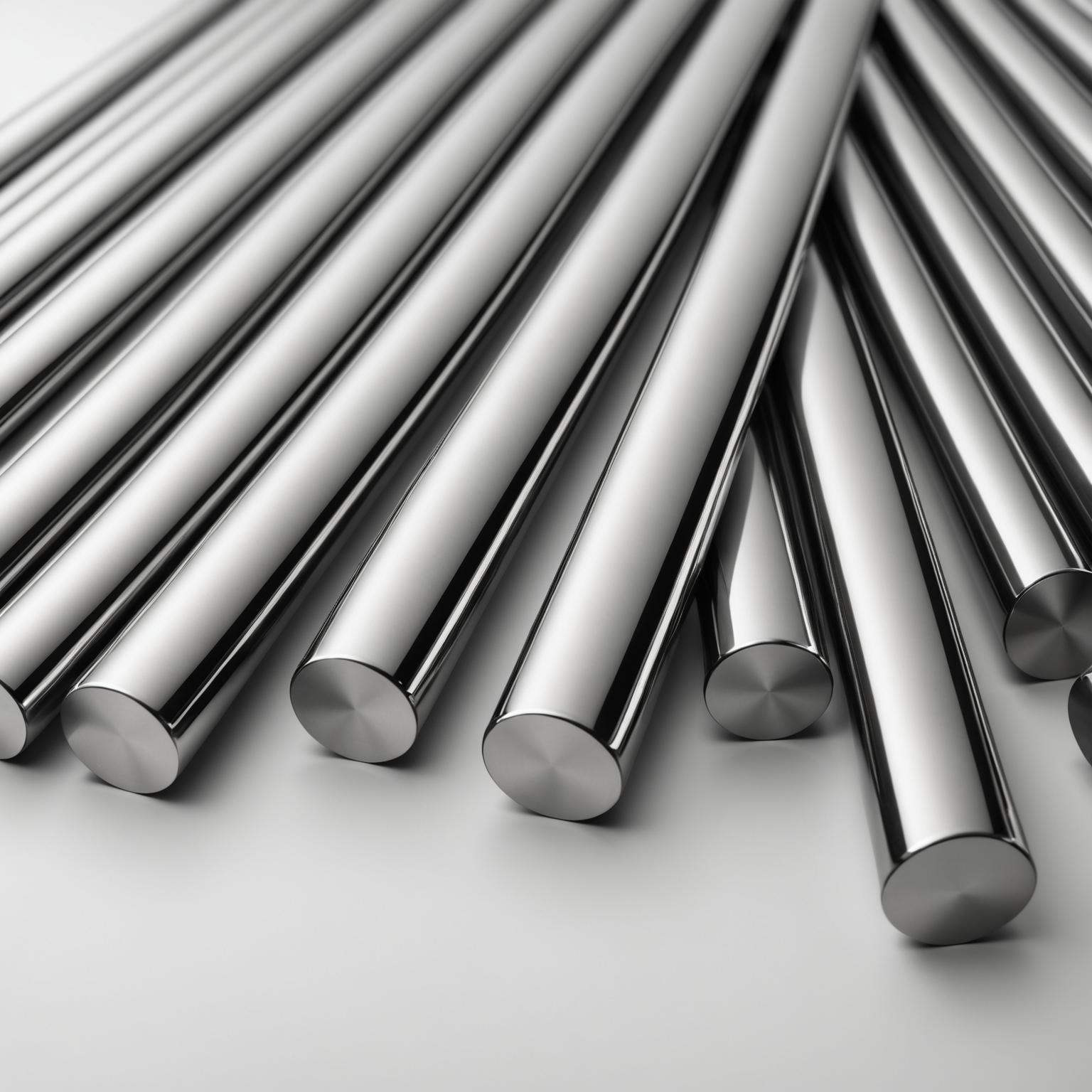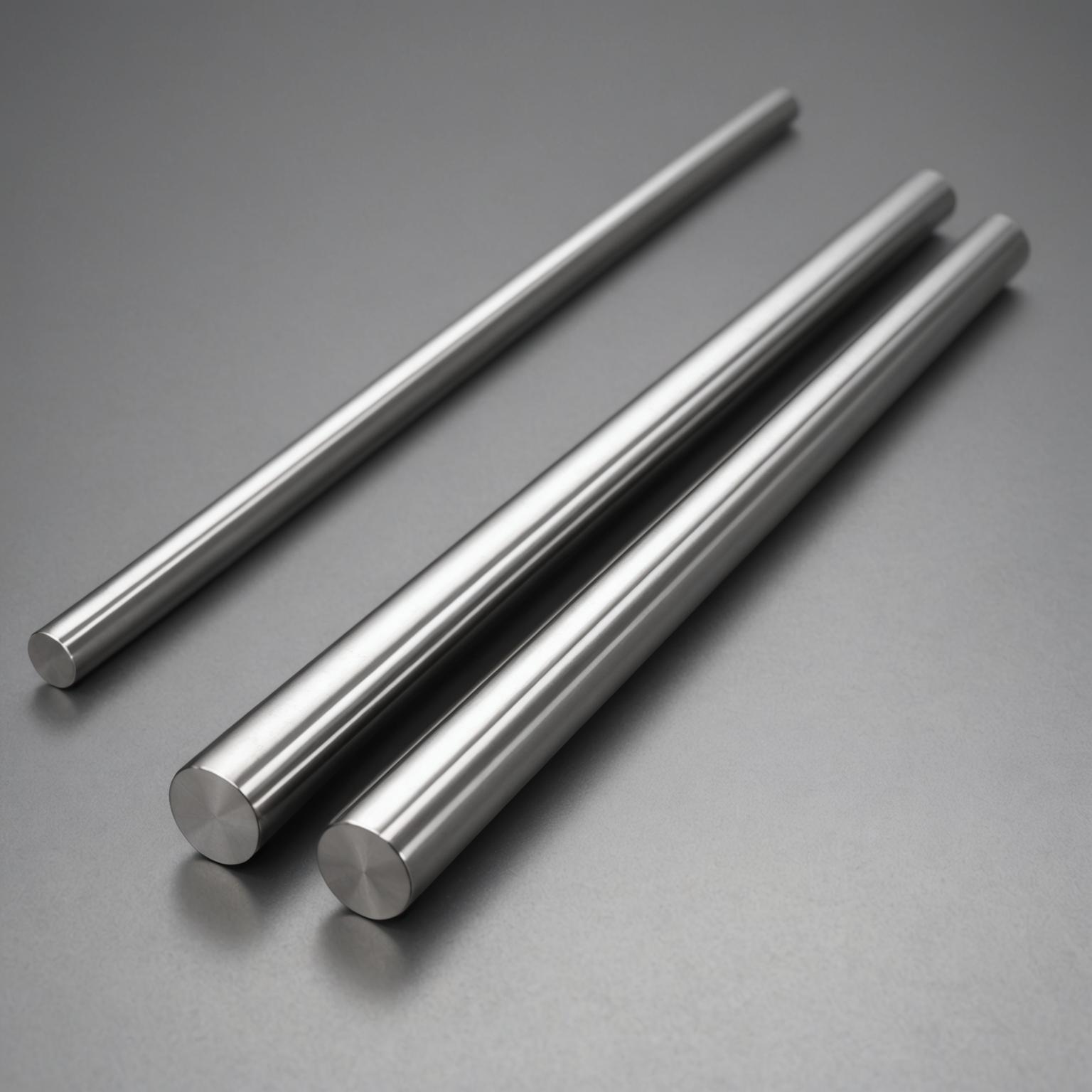When selecting materials for industrial, architectural, or manufacturing projects, the performance of a stainless steel round bar is often paramount. A key factor in this decision is understanding stainless round bar corrosion resistance, as this property directly impacts the longevity, safety, and cost-effectiveness of an application. While stainless steel is known for its durability, not all grades are created equal. The most common debate among engineers, fabricators, and designers often boils down to a critical choice: 316 vs 304. Both are excellent austenitic stainless steels, but their subtle differences in composition lead to significant variations in performance, especially in challenging environments.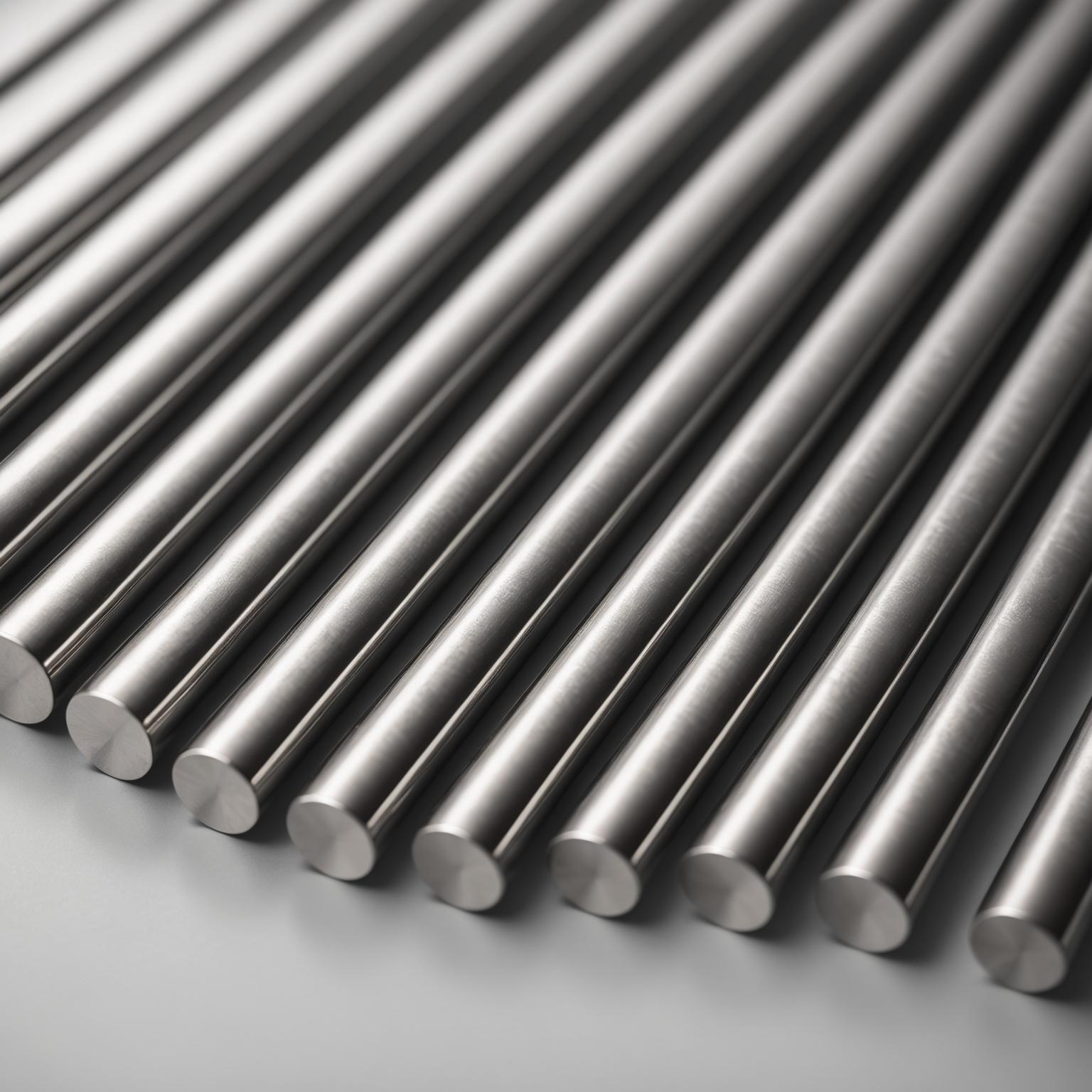
Understanding the Basics: What Defines 304 and 316 Stainless Steel?
At a glance, 304 and 316 stainless steel round bars look identical. They are both non-magnetic, possess excellent forming and welding characteristics, and have a similar gleaming finish. The true distinction lies in their chemical composition, a detail that is invisible to the naked eye but crucial to their function. Grade 304, often referred to as 18/8 stainless steel, contains approximately 18% chromium and 8% nickel. This combination is responsible for its foundational strength and good general corrosion resistance. The chromium forms a passive, invisible layer on the steel's surface that protects it from rust and degradation in most atmospheric conditions. It is the most widely used stainless steel in the world, found in everything from kitchen sinks and cookware to automotive trim and food processing equipment.
Grade 316, on the other hand, builds upon this foundation. It contains a similar amount of chromium and a slightly higher percentage of nickel, but its defining feature is the addition of approximately 2-3% molybdenum. This single element is the game-changer, fundamentally enhancing the alloy's properties. Molybdenum significantly increases the steel's resistance to corrosion from chlorides and other industrial solvents. This makes Grade 316 a more robust and resilient option when conditions become more demanding, justifying its classification as a premium, marine-grade stainless steel.
The Critical Difference: 316 vs 304 in Corrosion Resistance
The primary reason for choosing one grade over the other centers on the specific corrosive agents the material will face. For general-purpose applications where the stainless steel round bar will be exposed to freshwater, food products, or standard atmospheric conditions, Grade 304 offers more than adequate protection. Its chromium oxide layer is highly effective at preventing oxidation and staining, making it a reliable and cost-effective choice for a vast range of projects. However, the protective layer on 304 steel can be compromised by chloride ions, which are commonly found in saltwater, de-icing salts, and certain industrial chemicals. When exposed to chlorides, Grade 304 becomes susceptible to pitting and crevice corrosion, a localized form of decay that can lead to premature failure.
This is where the superiority of Grade 316 becomes evident. The inclusion of molybdenum provides a powerful defense against chloride-induced corrosion. It helps to stabilize the passive layer, making it much more difficult for chloride ions to penetrate and initiate pitting. This enhanced stainless round bar corrosion resistance makes 316 the mandatory choice for marine applications, such as boat fittings, railings on coastal buildings, and equipment used in saltwater aquariums. It is also the preferred material in chemical processing plants, pharmaceutical manufacturing, and medical devices where exposure to harsh sterilizing agents and saline solutions is common. The debate of 316 vs 304 is almost always settled by the presence or absence of chlorides in the operating environment.
Mechanical Properties and Workability
In terms of mechanical strength, both grades exhibit similar performance at ambient temperatures. They share comparable tensile strength, yield strength, and hardness, making them structurally interchangeable for many applications where extreme corrosion is not a factor. Both 304 and 316 are known for their excellent ductility, allowing them to be deep drawn and formed into complex shapes without cracking. Their weldability is also excellent, though care must be taken to avoid weld decay in both grades by using low-carbon variants (304L or 316L) for thicker sections that require extensive welding. However, Grade 316 often shows slightly better strength and hardness at elevated temperatures, which can be an advantage in high-heat applications. Conversely, Grade 304 can sometimes be slightly easier to machine due to the absence of molybdenum, which can marginally increase tool wear.
Application and Cost: Where Does Each Grade Shine?
The decision between 316 vs 304 often comes down to a careful balance of performance requirements and budget. Grade 304 is the workhorse of the stainless steel world. Its versatility and lower cost make it the ideal choice for indoor applications or outdoor environments free from high salinity or industrial pollution. You will find it used extensively in kitchen appliances, cutlery, brewery and dairy equipment, architectural paneling, and automotive components. Its reliability in these settings is proven and well-documented.
Grade 316, however, is reserved for projects where failure is not an option and environmental conditions are harsh. Its higher price point, driven by the cost of molybdenum, is a necessary investment for long-term durability in corrosive settings. Typical applications include marine hardware, chemical storage tanks, pharmaceutical and medical equipment, wastewater treatment plants, and architectural structures located in coastal regions. Choosing 316 in these scenarios prevents costly repairs, replacements, and potential safety hazards down the line. The premium paid for 316 is essentially an insurance policy against corrosion.
Making the Final Decision: Which Round Bar is Right for You?
To choose the right stainless steel round bar, you must evaluate your project's specific needs. Ask yourself a few key questions. First, will the material be exposed to salt, whether from seawater, coastal air, or de-icing salts? If the answer is yes, Grade 316 is the clear winner. Second, what is the chemical environment? If strong acids or corrosive industrial solutions are present, Grade 316 is the safer bet. Third, what is the project budget? If the application is in a controlled, non-corrosive environment, the more economical Grade 304 will perform admirably and save on material costs. Ultimately, understanding the nuances of stainless round bar corrosion resistance allows you to make an informed decision that optimizes both performance and value for your specific endeavor.



